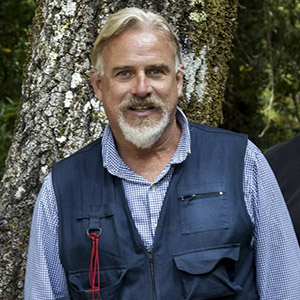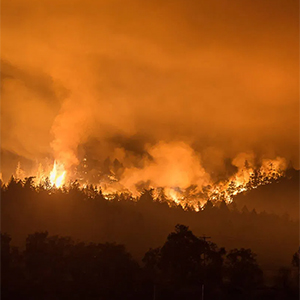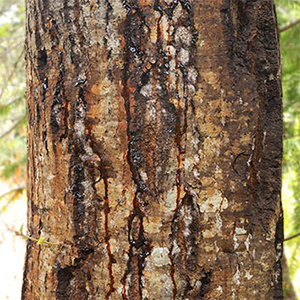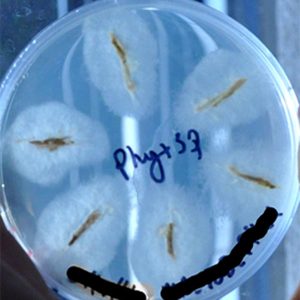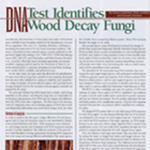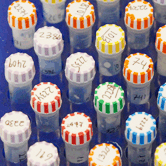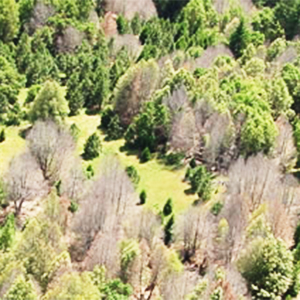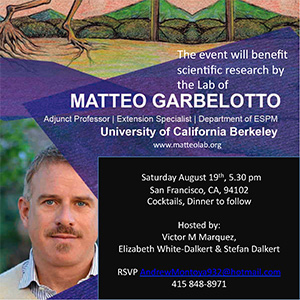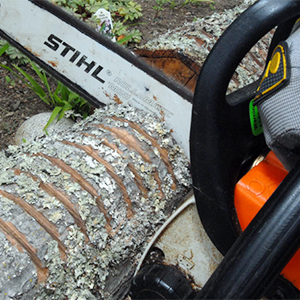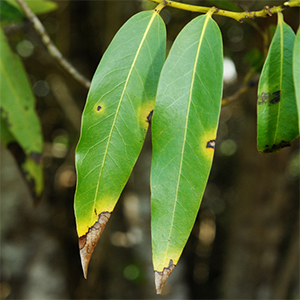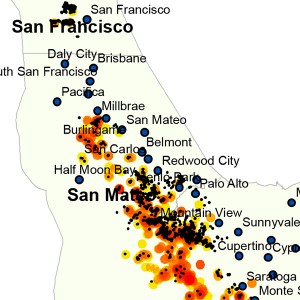Our revised recommendations for injection of oak trees for SOD management are detailed below. The highlights are: Only inject in the Fall, once every two years, and use the new reduced concentrations of phosphonate. Recommendations for topical bark applications remain unchanged and should be applied on an annual basis, preferably in the Fall, but possibly also in late winter.
PowerPoint presentation detailing phosphonate applications.
Bark scribing as a treatment for SOD refers to the attempt to excise SOD infections from trees by removing the lesioned bark and wood. A test conducted in the last two years in three separate locations in Sonoma County has shown that scribing did not significantly reduce the instances in which P. ramorum (the SOD pathogen) was still detectable in a scribed tree compared to unscribed treatments, and the maximum distances between the outer margins of the lesions were on average 3 times larger for scribed than for unscribed trees. This may be due to the fact that scribing forces the pathogen to grow beyond the excised areas. In addition, scribing lesions may become sites of new infections.
SODmap mobile is a mobile application available for free on your iPhone from the iTunes store or on the Android iOS at Google Play. The app can be used visualize the distribution of trees tested for SOD. The app can also be used to easily determine the risk for oak infection at the user’s location.
Drought may seriously affect and shrink populations of the SOD pathogen, meaning that in some locations only one or two bay trees may still be positive for SOD after 3-5 years of drought. Removal of these “refuge” trees may be very beneficial as it will lower the extent of the next outbreak when rains return. In some cases however, the number of infected bay laurels remains so high that selective removal of bays around high value oaks may be necessary. The SODmap Google Earth based map of SOD distribution is an invaluable tool for SOD disease management. On the sidebar on the left panel, toggle all data off except for 2013 and 2014. Look for areas that have been sampled at least 5 times (at least five colored icons within 1 km). If only one or two SOD positive trees (identified by the color red) are present, it may be beneficial to remove them before the rains return. If three or more trees are positive for SOD maybe best approach is to selectively remove all bays trees around high value oaks.
Use the graphs below to decide how big the buffer of oak removal should be. The graph shows the “Bayless” buffer necessary to protect oaks. The size of the buffer depends on oak DBH and distance from bays. The goal is to reduce risk to less than 0.2 (y axis). Please note that as oak DBH exceeds 70 cm, one should consider removing bays for more than 10 m around the trunk. Bays in riparian areas (within 10 m of a stream bank), on steep slopes, and bays with DBH over 50 cm should never be removed solely to mitigate SOD.
Drought has intensified the effect of secondary pests and diseases: there should be moisture at about 12 inches below the surface. If Spring rains are not sufficient to generate moisture to wet the soil at a depth of 12 inches, periodic watering may be useful. It is best to use more prolonged water flux using lower water pressure than using a strong water pressure for a shorter period of time. Only water in the evenings and all watering should stop at the end of June until October. Use a trowel to dig a hole about a foot deep to check is soil moisture levels and to check if watering was sufficient to reach the desired one foot depth.
Two Examples of Assessment and Action in SOD Affected Areas
Please add your comments or ask your questions below:

